In the agricultural industry, it is essential to have a clear understanding of the tools and equipment necessary for successful farming operations. While the terms “farm tools” and “farm equipment” are often used interchangeably, there is a crucial distinction between the two. This article aims to shed light on the differentiation between farm tools and farm equipment, highlighting the importance of each in modern farming practices. 1. Definition and Purpose: Farm Tools: Farm tools refer to handheld or manually operated equipment that aids in individual tasks undertaken during farming operations. These tools are typically small, portable, and are designed for specific functions such as digging, cutting, planting, harvesting, and general maintenance. Examples of farm tools include shovels, hoes, rakes, spades, sickles, and pruning shears. Farm Equipment: In contrast, farm equipment encompasses larger, mechanized machinery that assists farmers in performing multiple tasks efficiently. Farm equipment is often motorized and operated by power sources such as tractors, vehicles, or engines.
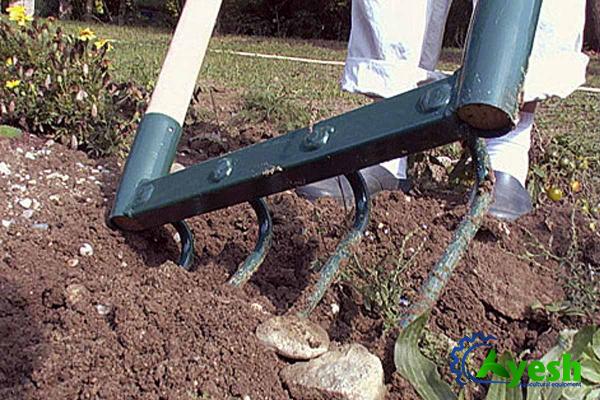
.
 It is designed to handle significant farming operations at a larger scale. Examples of farm equipment include tractors, harvesters, plows, seeders, sprayers, spreaders, and balers. 2. Size and Scale: Farm Tools: Farm tools are relatively small in size, designed to be operated manually or handheld. They are typically lightweight and easy to carry around the farm. Due to their smaller size, they are best suited for small-scale farming operations or tasks that require precision and specific actions. Farm Equipment: Farm equipment, on the other hand, is significantly larger in size and requires an external power source for operation. It is designed to undertake heavy-duty tasks on large farms or for commercial agricultural purposes. Farm equipment provides efficiency by reducing labor costs and increasing productivity. 3. Mechanization and Automation: Farm Tools: Farm tools rely on manual labor and do not possess any mechanization or automation capabilities.
It is designed to handle significant farming operations at a larger scale. Examples of farm equipment include tractors, harvesters, plows, seeders, sprayers, spreaders, and balers. 2. Size and Scale: Farm Tools: Farm tools are relatively small in size, designed to be operated manually or handheld. They are typically lightweight and easy to carry around the farm. Due to their smaller size, they are best suited for small-scale farming operations or tasks that require precision and specific actions. Farm Equipment: Farm equipment, on the other hand, is significantly larger in size and requires an external power source for operation. It is designed to undertake heavy-duty tasks on large farms or for commercial agricultural purposes. Farm equipment provides efficiency by reducing labor costs and increasing productivity. 3. Mechanization and Automation: Farm Tools: Farm tools rely on manual labor and do not possess any mechanization or automation capabilities.
..
 These tools require physical exertion from the farmer or user and are dependent on their skills and strength. They offer more control and precision in performing tasks, especially in areas where precision matters, such as cultivating small plots or tending to delicate crops. Farm Equipment: Farm equipment, being mechanized and automated, significantly reduces manual labor requirements. It incorporates features like engines, hydraulics, and computerized control systems to carry out farming tasks efficiently and quickly. Automation allows for increased productivity and accuracy, especially for tasks such as plowing, planting, and harvesting large areas. 4. Cost and Investment: Farm Tools: Farm tools are generally more affordable, accessible, and require a lower initial investment. They are suitable for small farmers, hobbyists, or those operating on a limited budget. These tools are easily replaceable and do not require substantial servicing or maintenance costs.
These tools require physical exertion from the farmer or user and are dependent on their skills and strength. They offer more control and precision in performing tasks, especially in areas where precision matters, such as cultivating small plots or tending to delicate crops. Farm Equipment: Farm equipment, being mechanized and automated, significantly reduces manual labor requirements. It incorporates features like engines, hydraulics, and computerized control systems to carry out farming tasks efficiently and quickly. Automation allows for increased productivity and accuracy, especially for tasks such as plowing, planting, and harvesting large areas. 4. Cost and Investment: Farm Tools: Farm tools are generally more affordable, accessible, and require a lower initial investment. They are suitable for small farmers, hobbyists, or those operating on a limited budget. These tools are easily replaceable and do not require substantial servicing or maintenance costs.
…
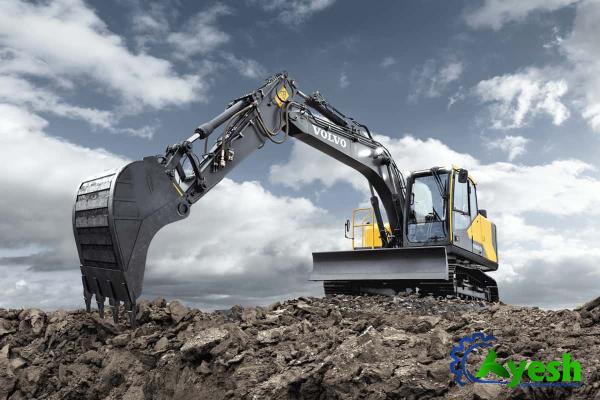 Farm Equipment: The acquisition and maintenance costs associated with farm equipment are higher due to the complexity of their design and mechanical systems. Additionally, specialized training and equipment knowledge may be necessary to operate and maintain them effectively. Farmers who work on a larger scale or commercial basis can benefit from economies of scale and increased productivity of farm equipment, justifying the initial investment. Conclusion: Understanding the distinction between farm tools and farm equipment is vital for farmers, agricultural professionals, and enthusiasts alike. While farm tools are smaller, handheld, and manually operated, farm equipment is larger, mechanized, and handles more significant operations. Selecting the appropriate tools or equipment depends on the scale of farming operations, available resources, and the specific tasks at hand. By utilizing the right combination, farmers can optimize their productivity, efficiency, and financial returns in sustaining successful agricultural ventures.
Farm Equipment: The acquisition and maintenance costs associated with farm equipment are higher due to the complexity of their design and mechanical systems. Additionally, specialized training and equipment knowledge may be necessary to operate and maintain them effectively. Farmers who work on a larger scale or commercial basis can benefit from economies of scale and increased productivity of farm equipment, justifying the initial investment. Conclusion: Understanding the distinction between farm tools and farm equipment is vital for farmers, agricultural professionals, and enthusiasts alike. While farm tools are smaller, handheld, and manually operated, farm equipment is larger, mechanized, and handles more significant operations. Selecting the appropriate tools or equipment depends on the scale of farming operations, available resources, and the specific tasks at hand. By utilizing the right combination, farmers can optimize their productivity, efficiency, and financial returns in sustaining successful agricultural ventures.
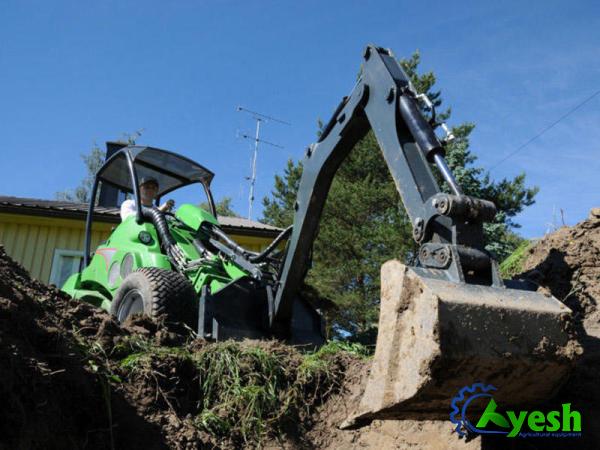
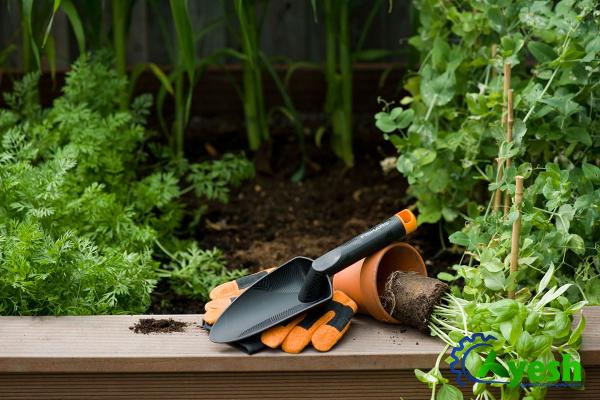
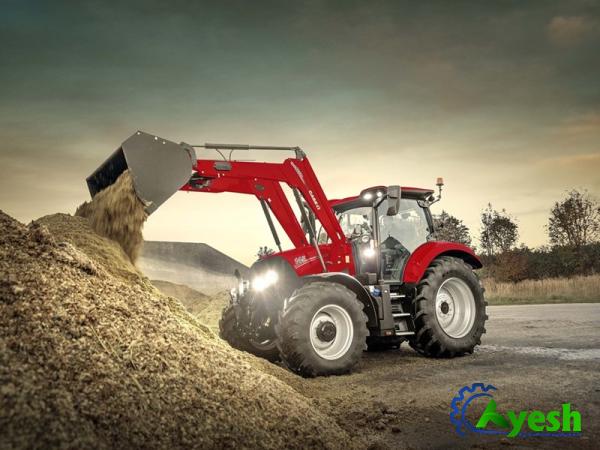

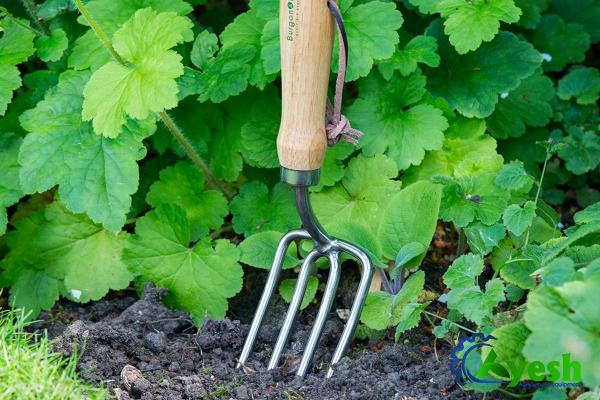

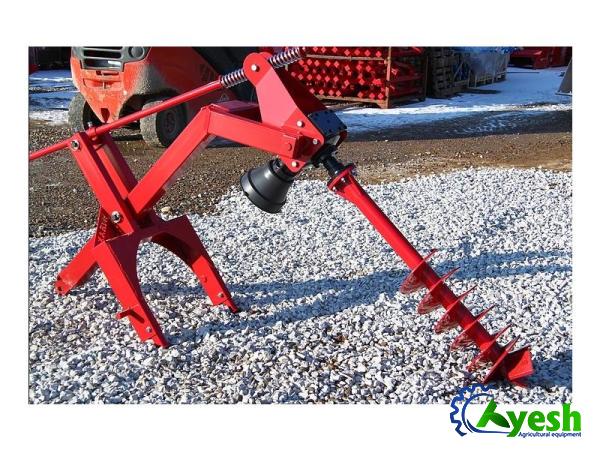



Your comment submitted.